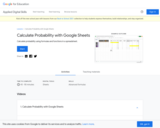
Students learn to use Google Sheets to calculate probability.
- Subject:
- Mathematics
- Material Type:
- Lesson Plan
- Provider:
- Provider Set:
- Google for Education
- Author:
- Google Applied Digital Skills
- Date Added:
- 08/30/2021

Students learn to use Google Sheets to calculate probability.

Once students have had an introductory density lesson and practice calculating density from mass and volume measurements, this lesson serves as follow-up to allow students to think critically about what makes one object more or less dense than another and to conduct an experiment to measure density of similar objects.

Describes different models for integrating STEM subjects.

Learn how to use cast moderator, a quick, secure way to have students share materials from their Chromebook to a classroom screen.
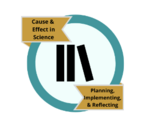
This microcredential is the third in the Cause and Effect in Science microcredential stack. This stack, when completed, meets Requirement Area #4 of the Elementary Science Endorsement. Through this microcredential applicants demonstrate understanding of how to prepare and enact three-dimensional science instruction that is based on authentic phenomena and problems and supports the development of students’ conceptual science understanding and scientific literacy.
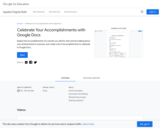
Learn about and celebrate the accomplishments of famous women in this lesson from Google's Applied Digital Skills.
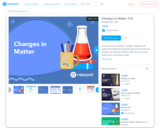
This nearpod lesson is a great lesson to use to teach the difference between physical and chemical changes in matter and properties. It provides many different student activities that are beneficial for learning and informal assessments. This lesson aligns to the Utah State Common Core Science Standards for grade 5.
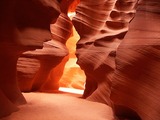
Thumbnail Image Credit: Antelope Canyon, by Meckimac, Creative Commons Attribution-Share Alike 3.0, Navajo Tribal Park, Arizona, USA.Students will learn about the changes in the earth's surface and and how they occur by going on virtual and real fieldtrips, discussing in groups, and sharing with the class. They will showcase their learning by creating a book with photographs and descriptions.
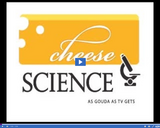
John Armstrong, Weber State University answers the question: How do cheesemakers use physics to cut and grade cheese?
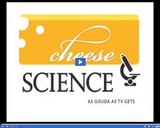
Thunder Jalili, University of Utah answers the question: What are the facts about health risks and cheese?

Grant and Russell Kohler, engineers and dairy farmers answer the question: What do technology, engineering, and math have to do with cheese?
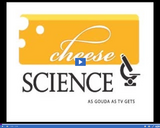
Michelle Culumber, Weber State University answers the question: What is the difference between white and blue molds in cheese?
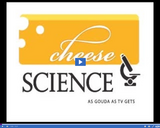
John Armstrong, Weber State University answers the question: What role does physics play in cheese making?
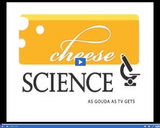
Jess Perrie, graduate student in cheese chemistry, Utah State University answers the question: Why are there so many different cheddar cheeses?

Craig Oberg, Weber State University answers the question: Why do raw milk cheeses produce a wider variety of flavor?
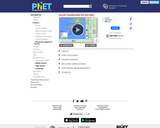
This new version of the CCK adds capacitors, inductors and AC voltage sources to your toolbox! Now you can graph the current and voltage as a function of time.

Throughout 2015, events across the nation focused attention on concerns in minority communities and racial perceptions in America, resulting in renewed public dialogue about race relations and other issues of social justice. This ongoing dialogue includes not only questions about the policing of black communities, but also educational inequality and the school-to-prison pipeline, the LGBTQ rights movement, immigration reform, and the rebuilding of our communities. Join us for a special youth town hall discussion about race, racism and other issues of equality in the United States in 2016. Answering these important student questions about activism, education, and building a diverse community are a panel of experts including Robert Henderson from POV's documentary All the Difference.
This final episode of Project C encourages students to think critically about current issues of equality, to examine, confront and strive to overcome contemporary injustices in their lives and communities. This live interactive webcast is an innovative platform for the presentation of their solutions to these civics-based issues.
Sensitive: This resource contains material that may be sensitive for some students. Teachers should exercise discretion in evaluating whether this resource is suitable for their class.

Students will compare the forces of pushing and pulling. Students will also recognize that objects at rest will not move unless a force is applied to them.

Students identify rock types by observing key characteristics.

Students will use dirty pennies to observe physical change.